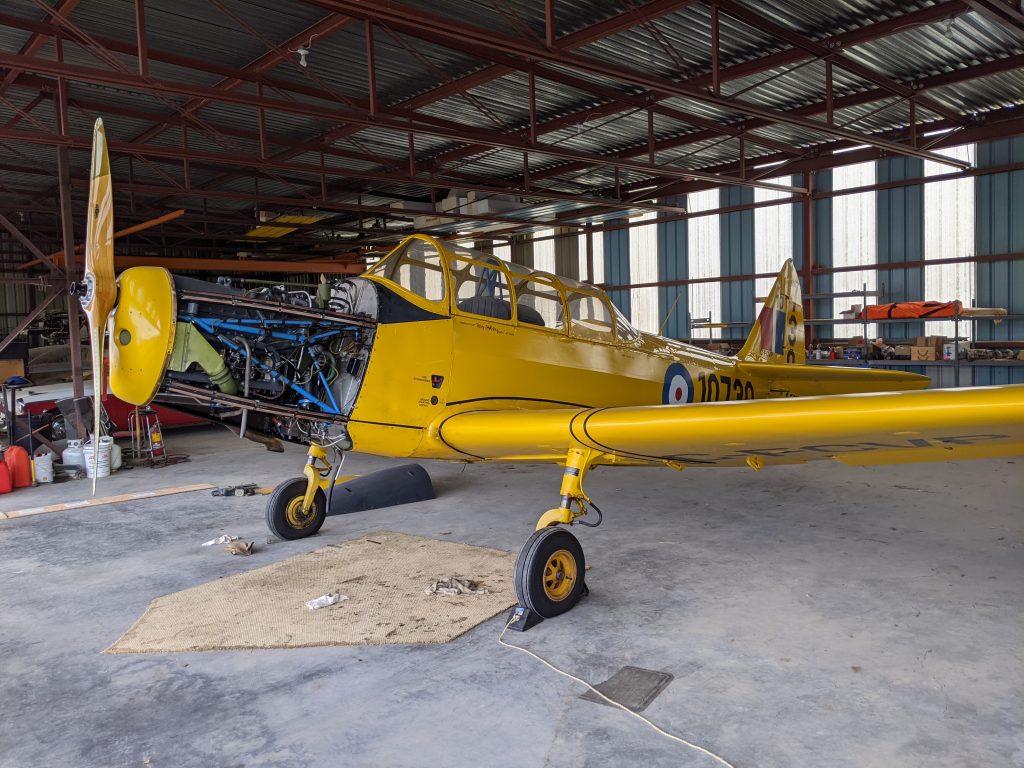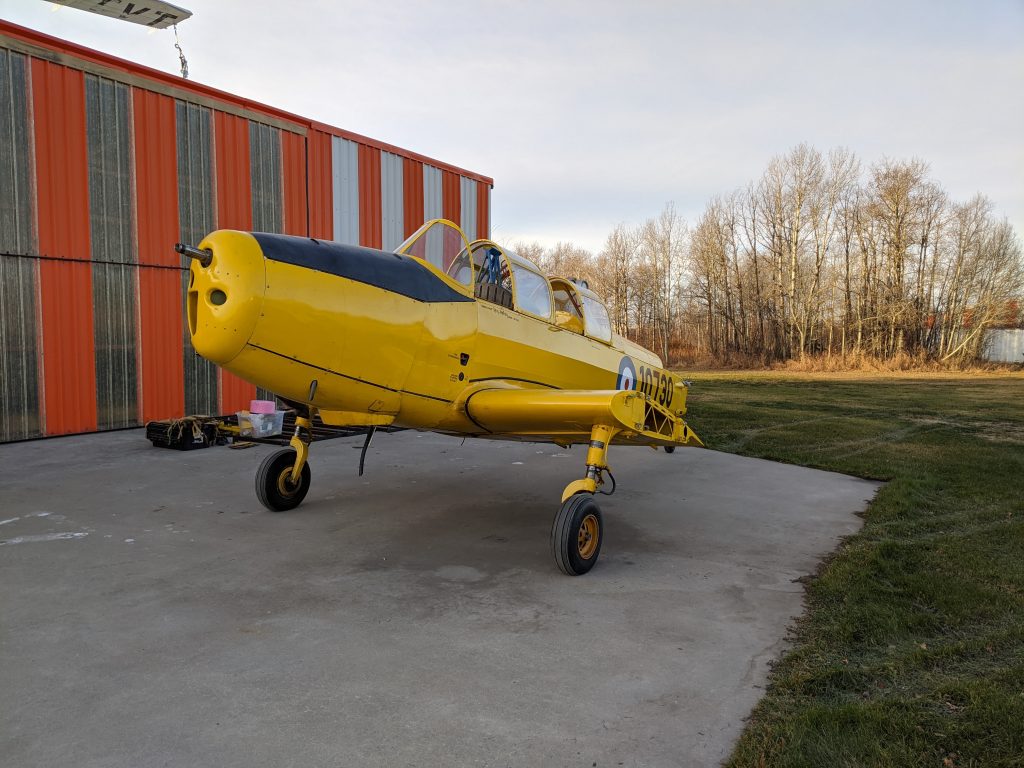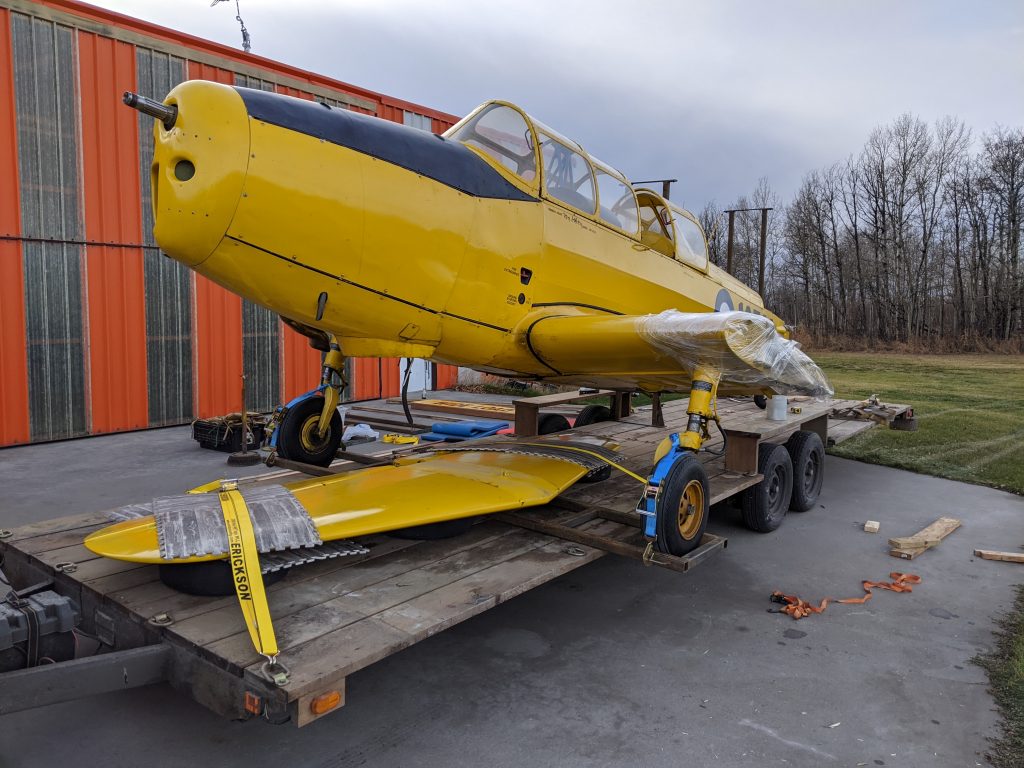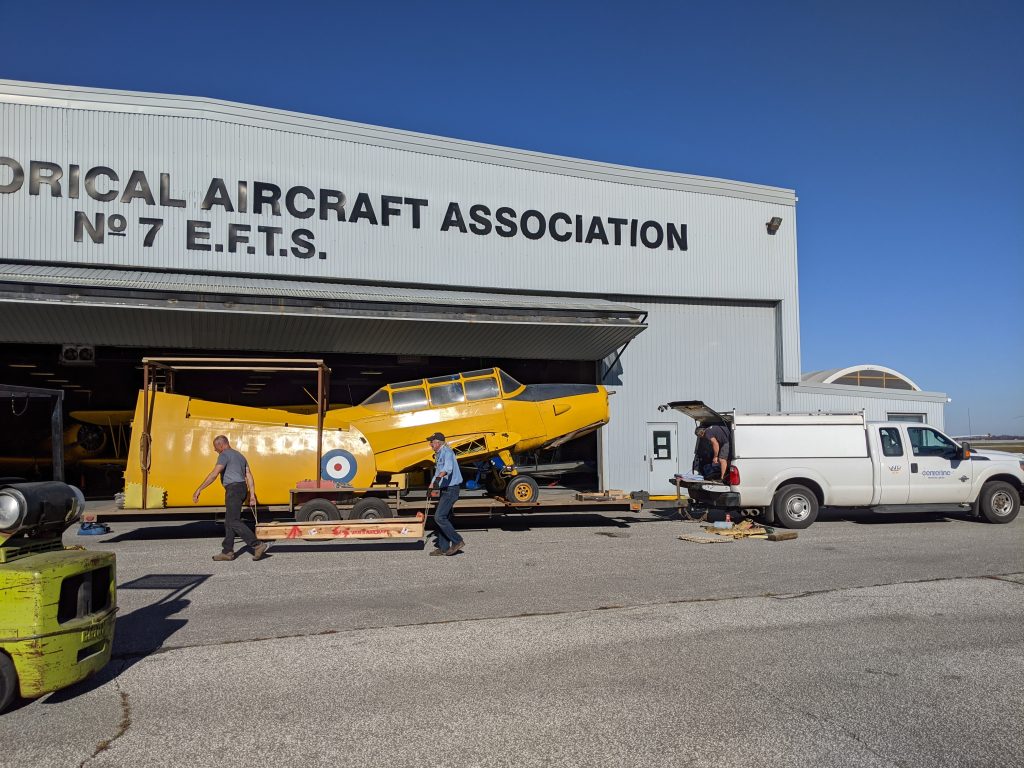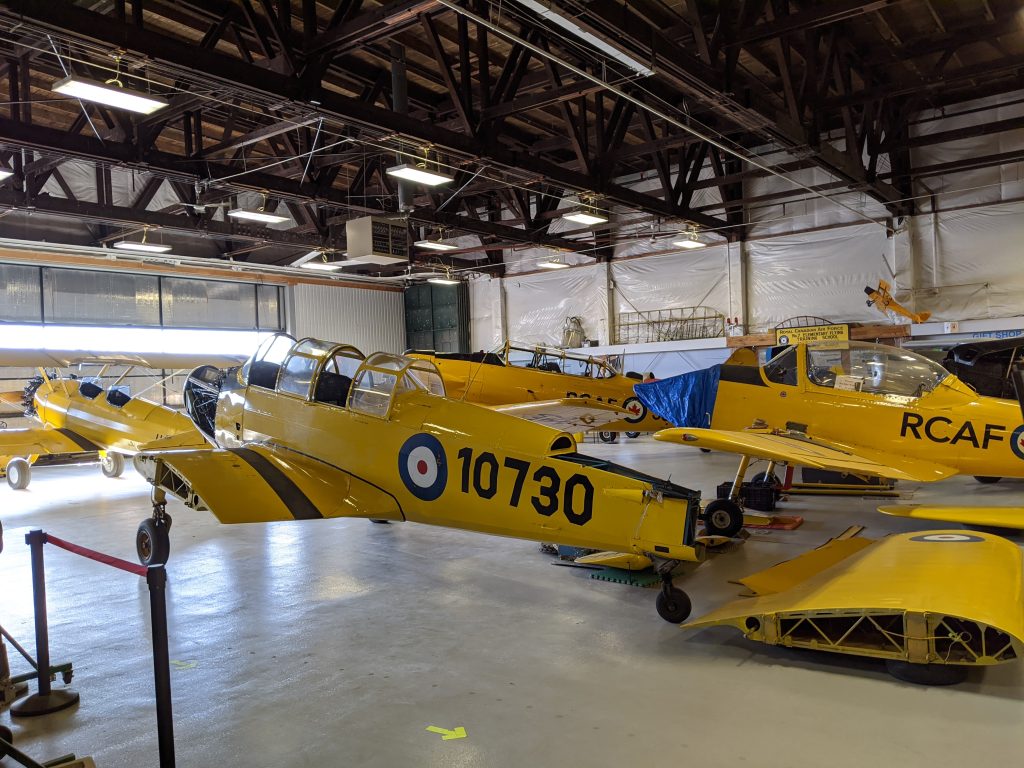Fairchild PT-26B Cornell II
Aircraft Details
- Wing Span 11.3 m (36 ft 11 3/16 in)
- Length 8.7 m (28 ft 8 in)
- Height 2.3 m (7 ft 7 1/2 in)
- Weight, Empty 917 kg (2,022 lb)
- Weight, Gross 1,241 kg (2,736 lb)
- Cruising Speed 162 km/h (101 mph)
- Max Speed 196 km/h (122 mph)
- Rate of Climb 197 m (645 ft) /min
- Service Ceiling 4,020 m (13,200 ft)
- Range 692 km (430 mi)
- Power Plant one Ranger 6-440-65, 200 hp, inverted in-line engine
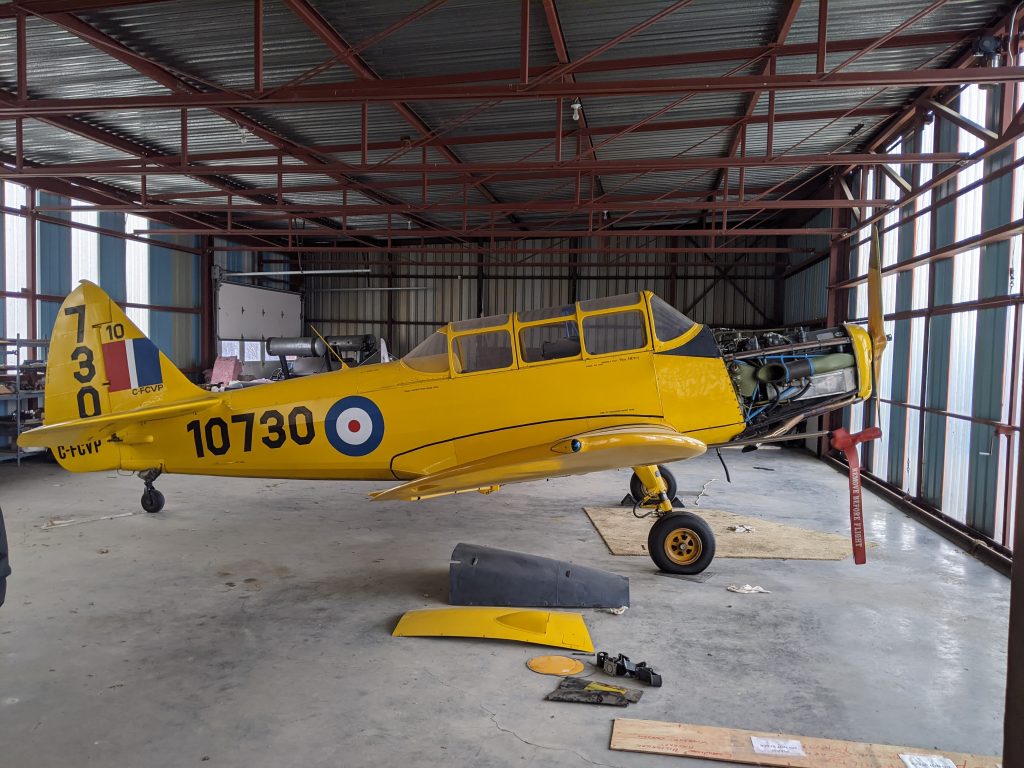
Aircraft Description
- An American Second World War monoplane primary trainer designed by Fairchild Engine and Airplane Corporation and produced from 1940 to 1944
- Based on the PT-19, which replaced U.S. Army Air Forces biplane trainers
- Ordered by the RCAF to replace the British Commonwealth Air Training Plan’s de Havilland Tiger Moths and Fleet Finches
- Modified with enclosed cockpits and improved heating systems for the Canadian climate
- Made in Canada by Fleet Aircraft Limited
- Twenty Canadian-built Cornells were used by the Royal Norwegian Air Force’s “Little Norway” wartime bases in Ontario
- Sold for civilian use postwar but became unpopular due to the upkeep required as wooden wings aged
- First flight was on July 9, 1942 (source: Canadian Aviation and Space Museum)
History:
The Fairchild Cornell was the successor to the Tiger Moth and Fleet Finch for elementary pilot training in the British Commonwealth Air Training Plan . The RCAF version, which served until 1947, was the Cornell III, manufactured by Fleet Aircraft, Fort Erie, Ontario. In late 1943 a series of wing failures occurred, requiring reinforcement of the main spar. After the war many Cornells were sold for civilian use, but the wing spar problem continued and required stringent annual inspections. This weakness greatly reduced their popularity. Canada built 1,642 of these aircraft.
Although Cornells were also manufactured in Canada for the US Army Air Forces, none were delivered there. Most of the US Army Air Forces order were sent to the RAF under lend-lease, with the balance going to the RCAF. Twenty Canadian-built Cornells were used by the Royal Norwegian Air Force at their two wartime bases in Ontario. Some Canadian-built Cornell IIs were shipped to Africa and India to be used in training schools. (source: Canadian Aviation and Space Museum)
